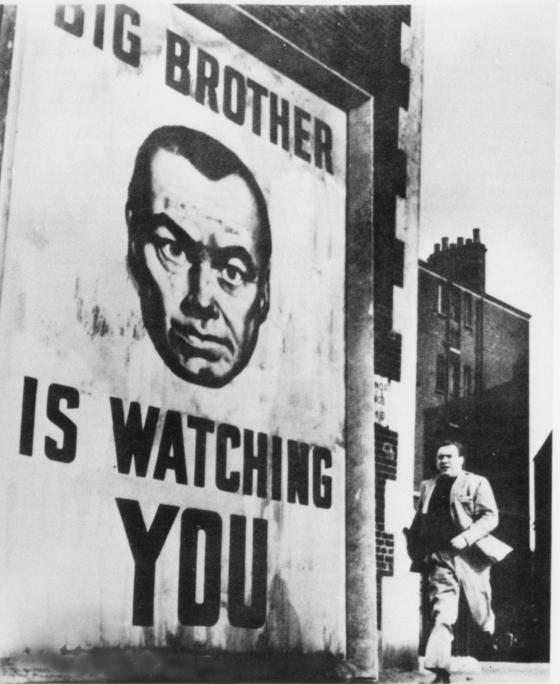We all see it; the suggested products on Amazon, the recommended shows on Netflix, but how does all our data create these personalized experiences. It starts out with data, mound upon mounds of data that is associated with unique customers codes (like a serial number). Through analytics a company is able to select people based on the parameters that they set. Take Target for example (the company we have all heard of in recent months due to targeting pregnant women).
It began with a couple marketers wanting to see if they could target pregnant women. Studies have shown that women nearing their pregnancy are in a volatile brand loyalty stage where habits are broken and new ones formed in their place. Target already had mountains of data on customers through their loyalty/credit card programs, but they had never tried to pinpoint customers on such an intimate level. Through some testing they were able to figure out the precursor buying habits associated with pregnancy. Taking that into mind they analyzed their databases looking for customers who fit the parameters. Pregnant women then started receiving offers/coupons in the mail for products that would help with the stresses of pregnancy (cheaper diapers, clothing, etc.) However this did have an impact when women who were not pregnant started receiving the offers. Although that did happen, the analytical algorithm was so well formulated that the offers/coupons were sent to women who didn’t even know that they were pregnant yet.
The example of Target may be a bit extreme but it happens all the time. It is so seamless that we don’t even notice it in our lives. Take Orbits for example, within their data they found that Mac users on average paid more than PC users when booking hotels. They used this insight to create different algorithms that showed differently priced hotels to users depending on what type of computer they were using. So how do you go about using your data to predictively analyze your consumers?
First off, it is important to root the analysis on unbiased factors found to be significant that are both qualitative and quantitative. Do not solely base your queries on information that you believe, have supporting evidence as to why you think that factor is important. When using your analytics of the data to write the algorithms you will use, remember to not be intrusive. If a consumer gets spooked by how the information is gathered, or what information was gathered it won’t work. There needs to be a smooth transition on how the advertisement are displayed because if there isn’t the user will feel spied on and possibly even taken advantage of.
So what does this mean for personalization? It means that we will soon be advertised to in ways our parents never were. Internet advertisements will be based on where we have been, and what we have searched for. Those billions of dollars spent on digital advertising now will turn into hundreds of billions as the algorithms of personalized advertising is honed to target consumers at every point in their buying process. But what good are the algorithms without the vast amount of consumer data? An influx in gathering information will also take place (and is taking place now) that will put almost every detail of our lives in full view of companies.
But is that a bad thing? Is getting promotions for the things you are going to need before you need it really that bad? We might feel in the beginning that we are being intruded upon. But as the offers continue to roll in and we see how well it can benefit our daily lives, we will begin to accept it.



